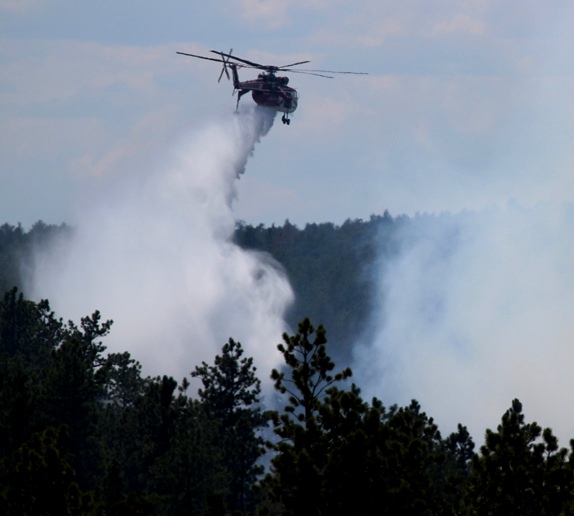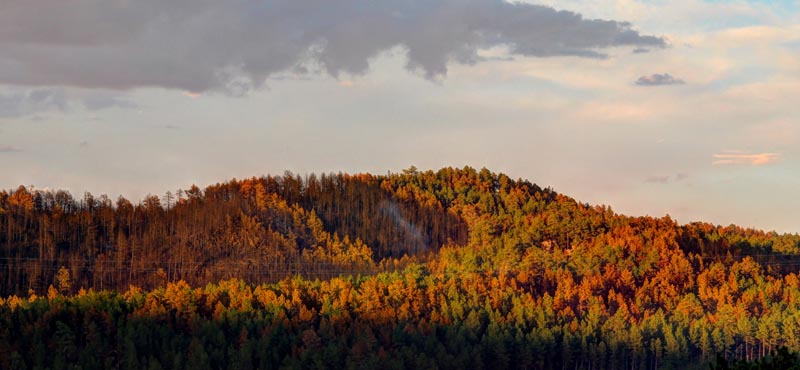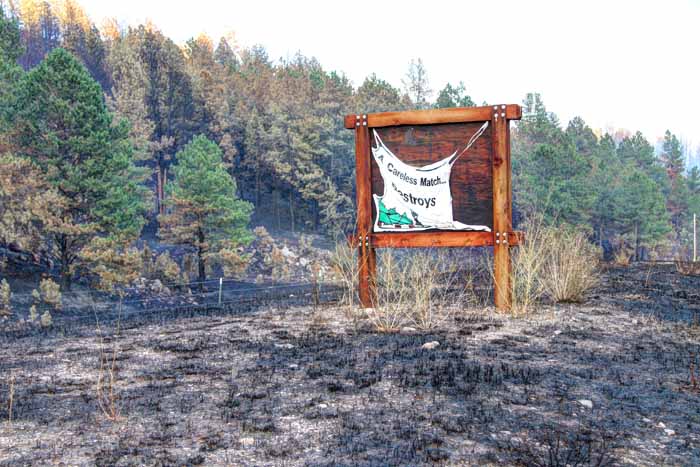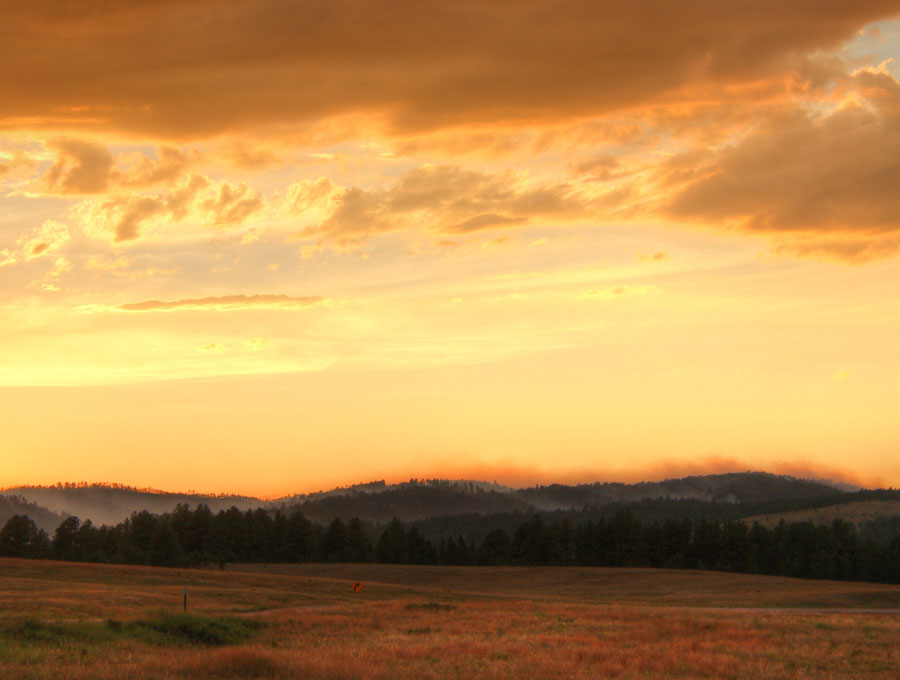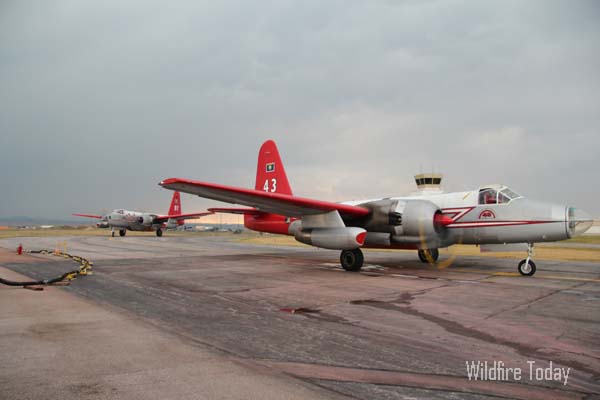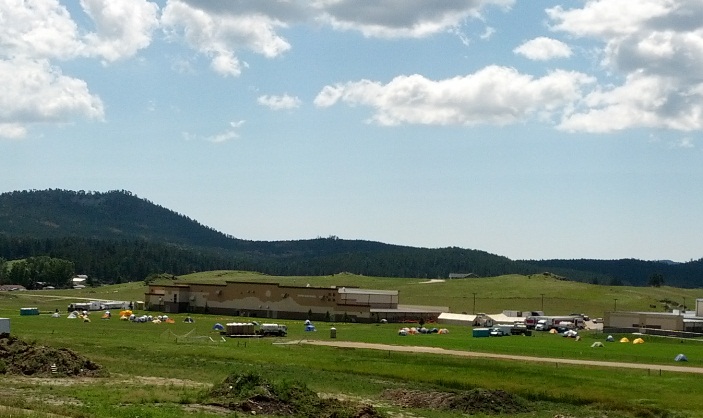
When the Myrtle fire, which is now contained, was threatening structures between Pringle and Hot Springs, South Dakota, many firefighters were assigned to structure protection. Most homeowners who evacuate have little understanding of what will happen around their house while they are hunkering down in a motel or school gym. Firefighters, when time permits, will do far more than spray water on the structure, as Lynn and Gardner Gray discovered when they visited their home near Pringle the day after they evacuated.
Jim Kent, a columnist for the Rapid City Journal wrote about the Gray’s experience in today’s edition. Here is an excerpt:
…During a return visit the following day, Lynn encountered four firefighters taking what she considered extraordinary steps to fully protect her property.
Once the Myrtle Fire moved out of range and the couple were back in their house, Lynn insisted I tour the property so she could point out the care and attention given by complete strangers.
From removing the propane tank on the Grays’ outdoor grill, to fully sealing their garage door and saturating 6 cords of wood stacked against the side of their home, the firefighters left no combustion hazard to chance.
They even took down a flammable decorative flag and repositioned a wood-handle rake before digging a protective trench around the property. In fact, the list of what the firefighters actually did is too long to include here.
And speaking of public relations, Craig Bobzien, the Forest Supervisor of the Black Hills National Forest in South Dakota, met with a group of citizens from the Edgemont area who had concerns about how the White Draw fire was fought. Mr. Bobzien explained in a Rapid City Journal article attributed to him that he had heard about some complaints in the media and wanted to hear them first hand.
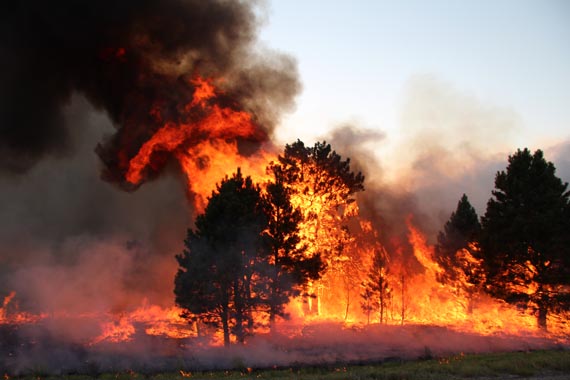
Those citizens from the Edgemont have been generating a lot of publicity about how some of them thought the firefighters could have stopped the 9,000-acre rapidly spreading timber fire in late June if only they had paid more attention to the locals. Previously, on July 6 South Dakota Senator John Thune traveled to Edgemont with reporters and photographers in tow to also meet with those citizens. This was the fire on which a military C-130 MAFFS air tanker crashed, killing four members of the crew and injuring two others.


